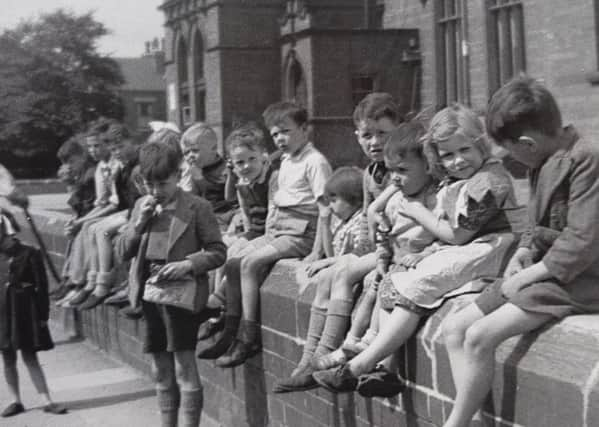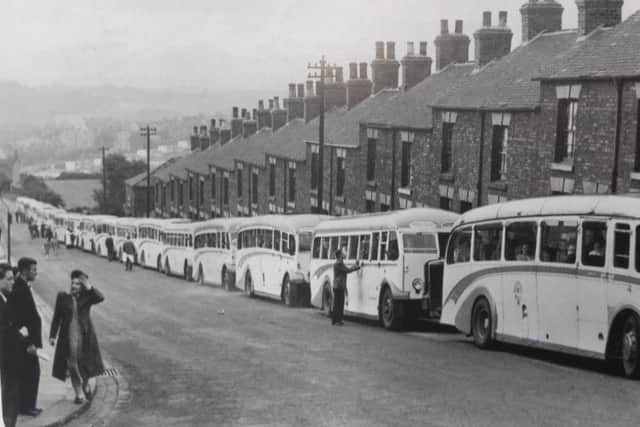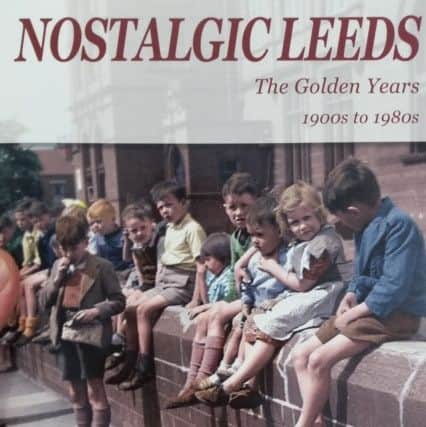Leeds nostalgia: New book shows how much our city has changed


It makes for an interesting read, not least because our city is in the midst of such great change.
As the book’s authors point in the introduction: “Leeds have changed beyond recognition in the last 30 to 40 years. The skyline, once dominated by mill chimneys (and the Quarry Hill flats) is now a futuristic landscape with magnificent structures of steel and glass, changing shape and form from every new vantage point.
Advertisement
Hide AdAdvertisement
Hide Ad“Through had times and happy days Leeds has survived and prospered. We have only to look at the city today to see the progress that has been made and the achievements realised.


“As the photographs show, Leeds has a history to be proud of but more importantly, an exciting future to look forward to.”
One picture shows the Leeds Corn Exchange at a time when it was used for that reason - the image shows farmers and traders gathered on the main floor around numerous wooden tables, buying and selling cereals and other crops.
There are black and white pictures of familiar streets in Leeds frequented by horses and carts and trams. Other images show the changing face of City Square. One of the most interesting shows City Square before the construction of the Queens Hotel and, interestingly, with underground access, presumably to either toilets or bomb shelters.
Advertisement
Hide AdAdvertisement
Hide AdThe book notes: “Work was underway building the Queens Hotel. This was to become one of the finest of its kind for miles around, oozing Art Deco opulence and style.


“The original hotel, built in 1863, was remodelled with a Portland stone facade in the mid 1930s by architects WC Green and WH Hamlyn for the London Midland Scottish Railways and re-opened in 1937.
“The Queens was the first British hotel to have en suite facilities in every bedroom. It also boasted double glazing, a fairly rare feature at the time, to limit noise pollution from the traffic in City Square.”
Another picture shows a children clambering up a 12ft high slide at the former Quarry Hill flats site. The slide had only handrails to prevent the children from falling off and if they did fall, there was just a concrete floor - no soft play areas in those days. The book notes: “Youngsters would need their wits about them to make sure they didn’t fall off.”
Advertisement
Hide AdAdvertisement
Hide AdThere’s also a picture of a strong man pulling a bus by his teeth outside the flats.


The book, published by True North Books in association with Kingfisher (Lubrication), which was founded in 1867 and which has survived the “toughs and peaks” and “vagaries of global economics” to survive into the 21st Century. It was at the beginning of that other great shift in society, when people moved from the land into manufacturing, founded by H H Fisher as an oil merchants.
The firm is still going strong after four generations and today manufactures high quality precision engineered products for industry, including grease nipples and other fittings.
The book is a collaboration between Andrew Mitchell, Tony Lax, Brendan O’Neill and Stephen Firth, with photographs by Brendan O’Neill and is available online from £12.99.